
Shenzhen is a global manufacturing hub, centre of innovation (digital and product design) and UNESCO City of Design. I wanted to explore how children and young people living in the city learn about and engage in the city’s design culture. Despite the proliferation of design courses at university level in China, art, design and making are not part of the mandatory school curriculum set by the government. The curriculum allows for only 12% of content to be determined at individual school level, 18% in a small number of designated ‘experimental’ schools, where design and the creative subjects could be taught. Teachers in public schools are not obliged or trained to teach creative subjects and are under a great deal of pressure to prepare students for the highly competitive national college entrance exams called ‘gaokao’ or ‘high exam’.
However attitudes and approaches to art, design and technology education are evolving in response to government initiatives and in order to serve the ambitions of the fast growing global design industry. Whilst rote learning may have served the needs of an economy fuelled by ‘Made in China,’ a shift in agenda towards ‘Designed or Created in China’ now requires a different kind of teaching and learning to encourage creative and design thinking.
The vibrant and growing maker movement and Makerspaces of Shenzhen play a fundamental role in providing creative learning opportunities and skills development at all levels, from courses for children and young people through to incubator and accelerator programmes for emerging designers and engineers. Makerspaces offer a different approach to learning which encourages trial and error, play and experimentation. A recent research project by NESTA and the British Council identified that, ‘one in five makerspaces said that the majority of their members are school-aged children’. It could be argued that the strong educational characteristics of the Shenzhen Makerspace movement have developed in response to the lack of provision in the formal school curriculum. Programmes at spaces such as Chaihuo, TGN and Litchee lab fill a gap in provision for children and young people, enabling them to develop skills and knowledge in design, problem-solving and making.

Chaihuo Makerspace. © Luisa Mengoni

In January 2015 Premier Li Keqiang visited the Chaihuo Maker Space and the State Council published in March a guideline called ‘Mass Makerspace’ (众创空间) to boost popular entrepreneurship and mass innovation by 2020. The Chinese government is now taking measures to foster maker education within the school system. In Shenzhen the department of education have set a goal to 100 makerspaces within school campuses in 2016. I visited some schools where this initiative has been implemented to find out more.
David, a maker mentor at Shenzhen Middle School invited myself and Luisa Mengoni to take part in his class at the school’s makerspace. The classroom has been transformed into a design workshop and students take part in one lesson per week learning about electronics and programming.
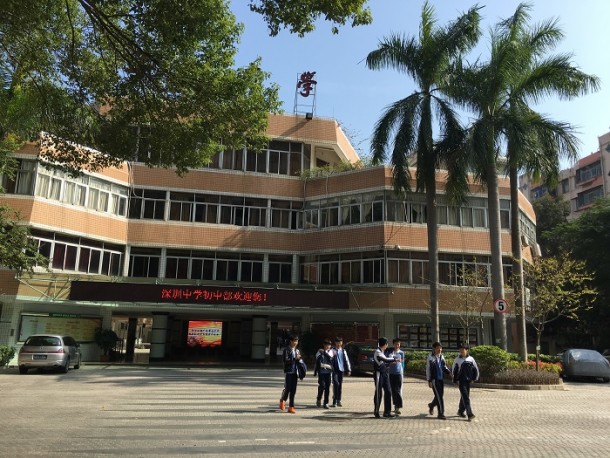


The Harbour Primary School also has a maker education programme. Pupils take part in lessons in the makerspace and they also have a Maker in Residence at the school. I spent a morning at the school with Luisa Mengoni along with Wang Ke and Chechen Zhou from the Design Society team. We had a tour of the school and observed several lessons as well as speaking to teachers about collaborating in the future to provide further opportunities for their pupils to learn about design at the museum.


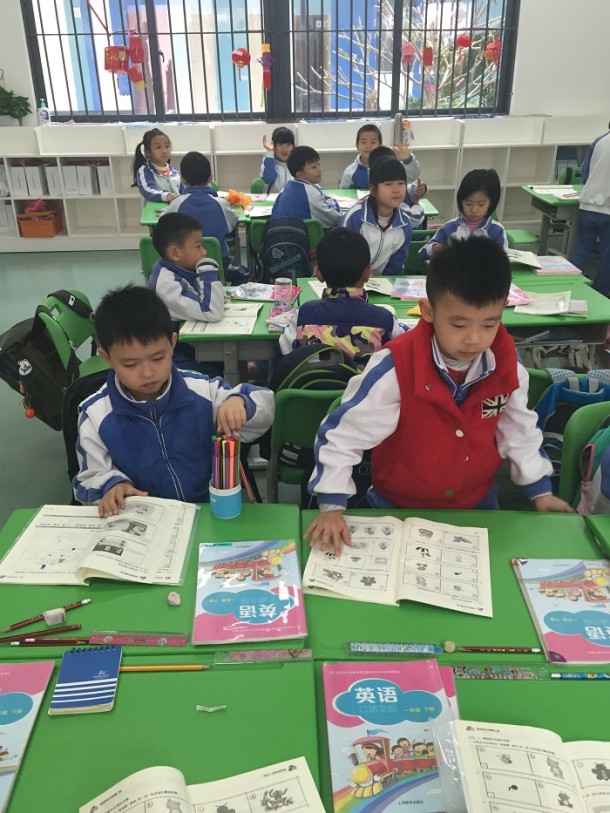



As a global hub for manufacturing, Shenzhen is an international city with a large expat community. There are also many international schools in the city which are an increasingly popular option for the offspring of affluent Chinese families who have aspirations for a university education in the United States or Europe. These schools incorporate pedagogical approaches from around the globe and several have particularly strong art and design programmes. Many of these schools take advantage of the unique nature of Shenzhen to develop innovative approached to design education which reach across the curriculum and delve into entrepreneurship, science, technology, engineering art and Design. Shekou International School has recently built and launched Level 5 a space and platform which offers an eclectic range of creative experiences for school leaders, educators and the wider community.

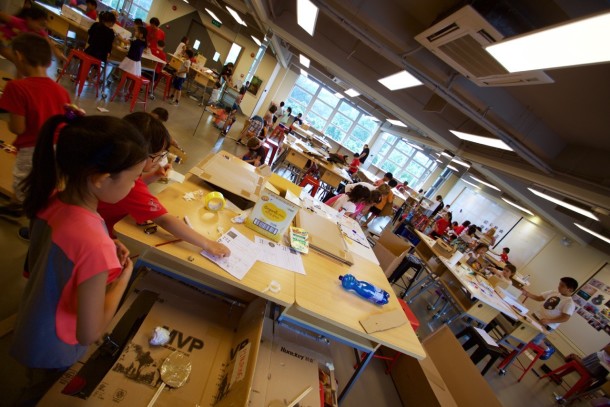
Carrie Leung, teacher at Shenzhen International American School (SIAS) which set up the first school makerspace in Shenzhen commented:
“…People are coming here to prototype and work on their supply chains. As an educator I have access to more entrepreneurs and people who are trying to do things and have the design skills and flexibility to do things. So this is the process and as an educator I can bring that to my classroom and talk to the kids or go out and see them.”

makerspace. © Luisa Mengoni

makerspace. © Luisa Mengoni

makerspace. © Luisa Mengoni
Perhaps most exciting of all, these various efforts to provide young people with improved access to creative design and making education are collaborating and developing a network. In February (SIAS) hosted a mini maker faire which included makerspaces, Chinese and International schools.




Furthermore, Makerspaces are also supporting schools and teachers with advice, guidance and training to set up and deliver maker education programmes. Many teachers are not trained in teaching design or technology so need support in order to integrate this new initiative into schools. Litchee Lab does a lot of work in this area. James Simpson who runs the space commented:
“Maker education enables students to crowdsource new knowledge, and provides high tech tools to prototype real models. Litchee Lab helps schools structure their MakerEd learning goals to fit within educational frameworks. Semester-length courses, teacher training, and assessment are among the areas schools need first. Creating a culture of innovation inside an institution is possible when the right bridges are built.”
Design Society and the V&A Gallery are arriving on the scene at an exciting time and have the opportunity to become a key player, in this resurgence as well as a resource and hub for innovation in design education in Shenzhen and China.



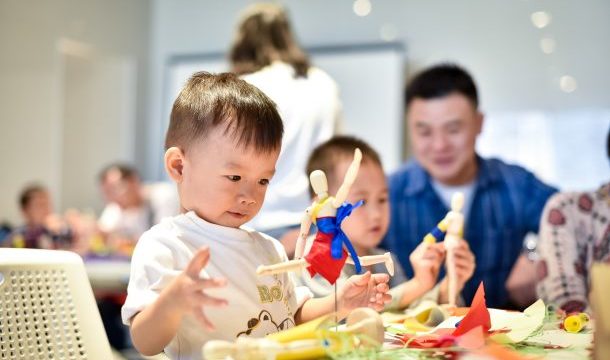
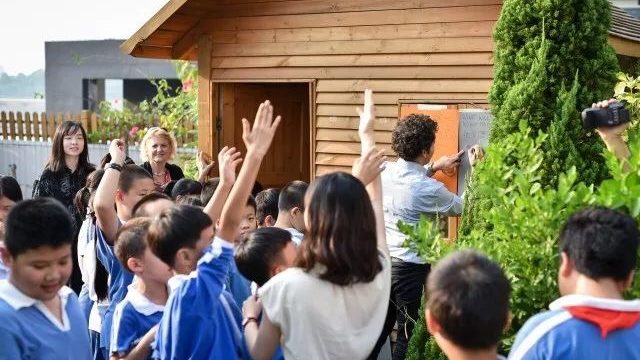
What a great project to be working on! Well done team.